Mass is being generated increasingly, released, and dumped in the virtual realm, shaping our “virtual ecologies”. Each cyber user has a personal ecology with a collection of artifacts. Virtual natures are a subset of any ecology of such, and virtual botany is a subset example of these natures. To investigate the presence of these digital entities, two digital open-source archives were used. (1) Apophysis was utilized to generate fractal patterns, (2) Pl@ntNet was deployed as an online plant identifier tool to categorize the inputted fractal patterns generated by Apophysis.
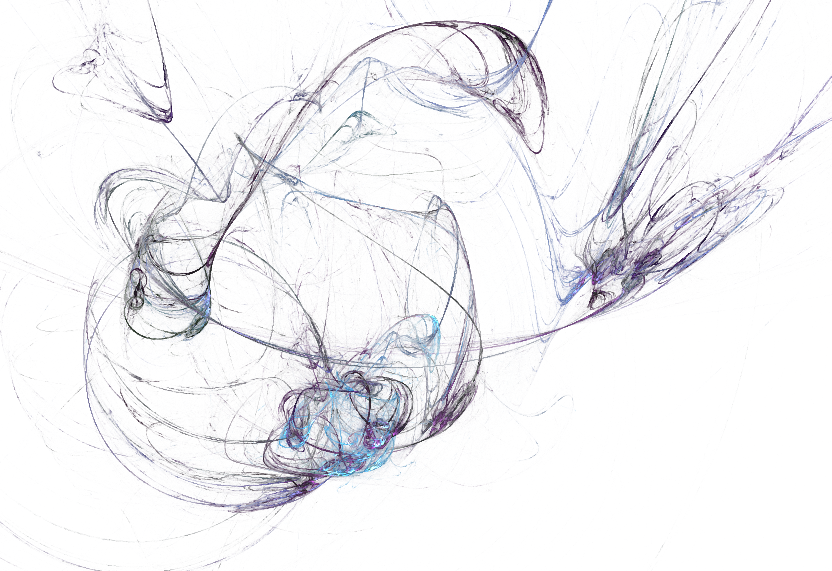

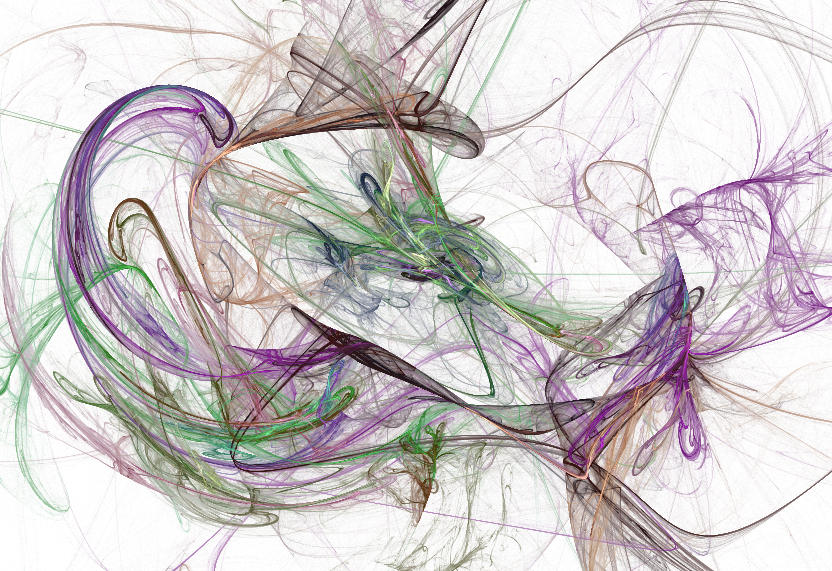
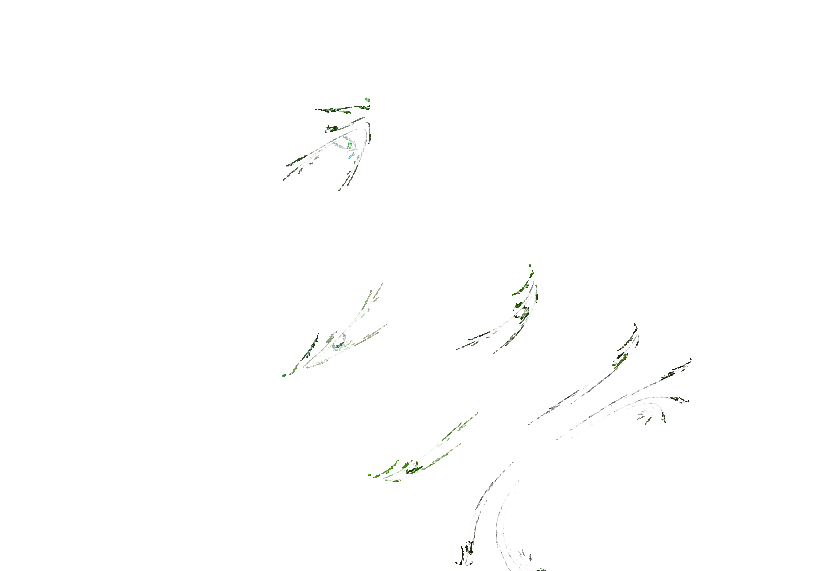
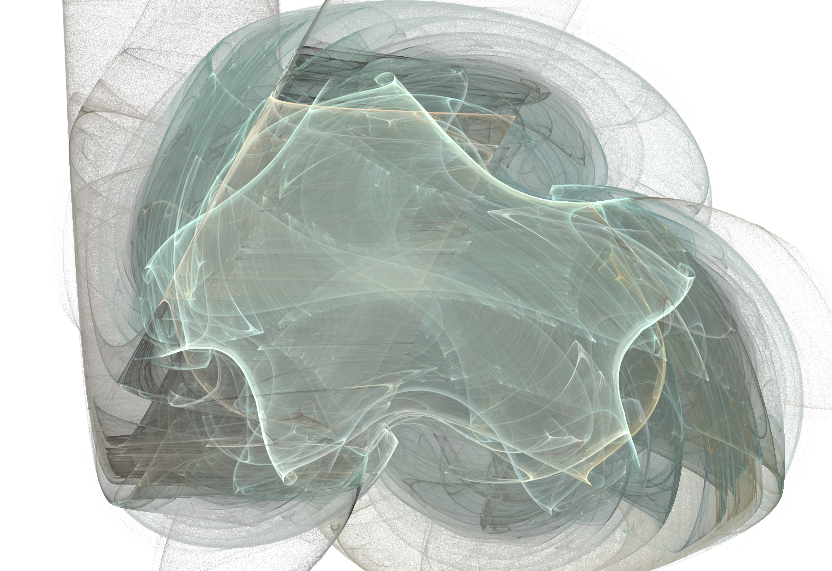
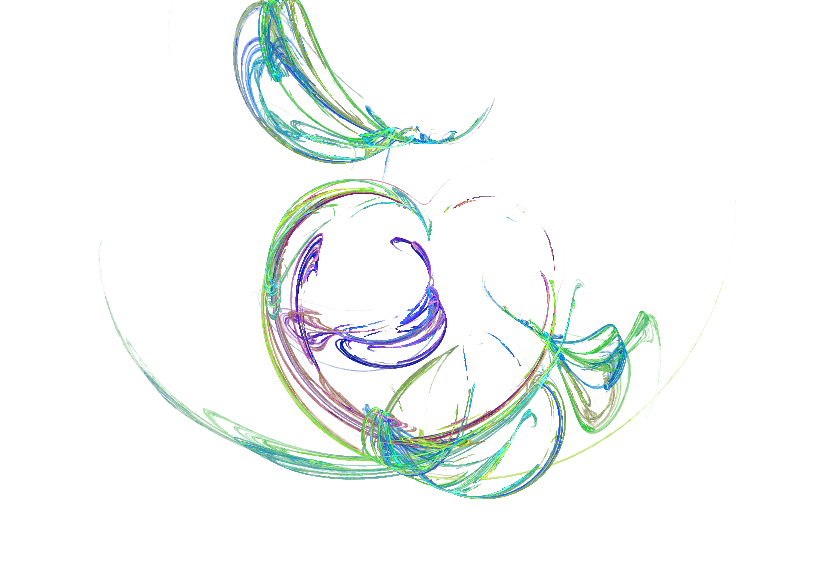

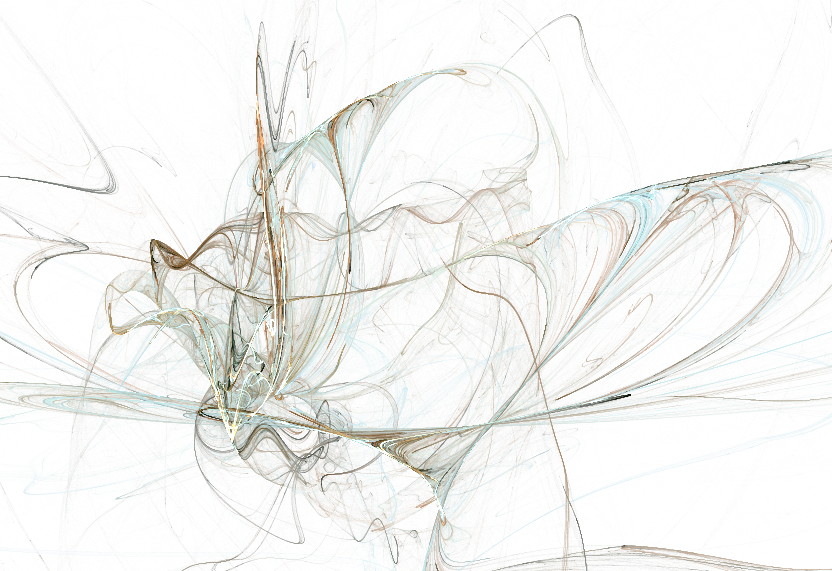
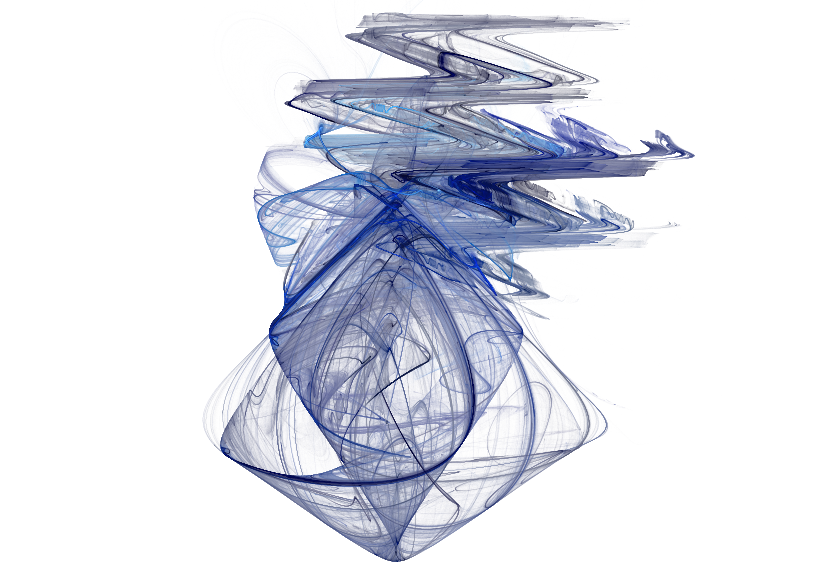
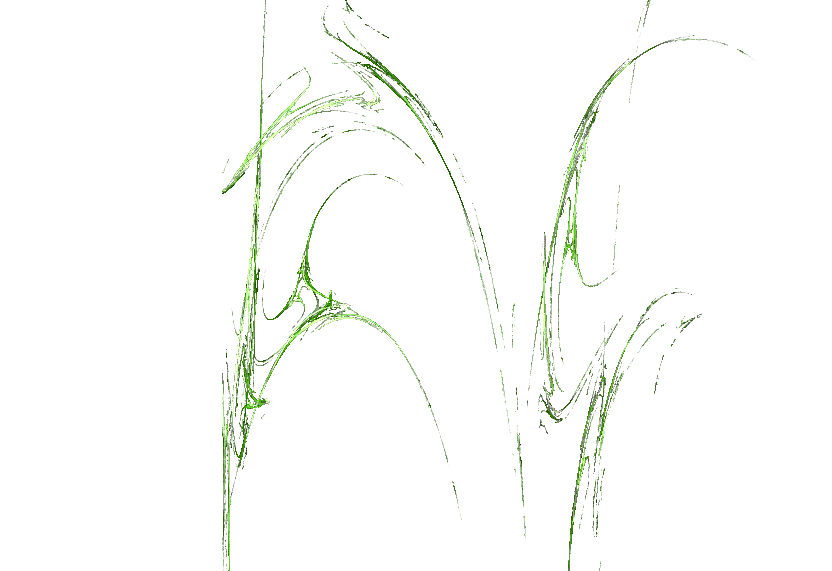
Apophysis, an open-source fractal generator and editor software, can generate an infinite number of unique fractals. The fractal is generated by drawing a set of triangles, from which the program subsequently constructs infinitely repeating iterations, eventually assembling the pattern of a fractal. More so, each iteration is expressed with a pixel and so the image is generated.
After generating the images, they were inputted into an image recognition webpage called Pl@ntNet. The algorithm of this webpage works through a massive open-source archive which is used to identify various flora species according to the images being fed to it. It allocates a floral categorization to almost any form that resembles plants from its archive, and so fractals can be seen and recognized as plants.
IUCN Red List: Endangered
Population trend: Decreasing
Population trend: Decreasing
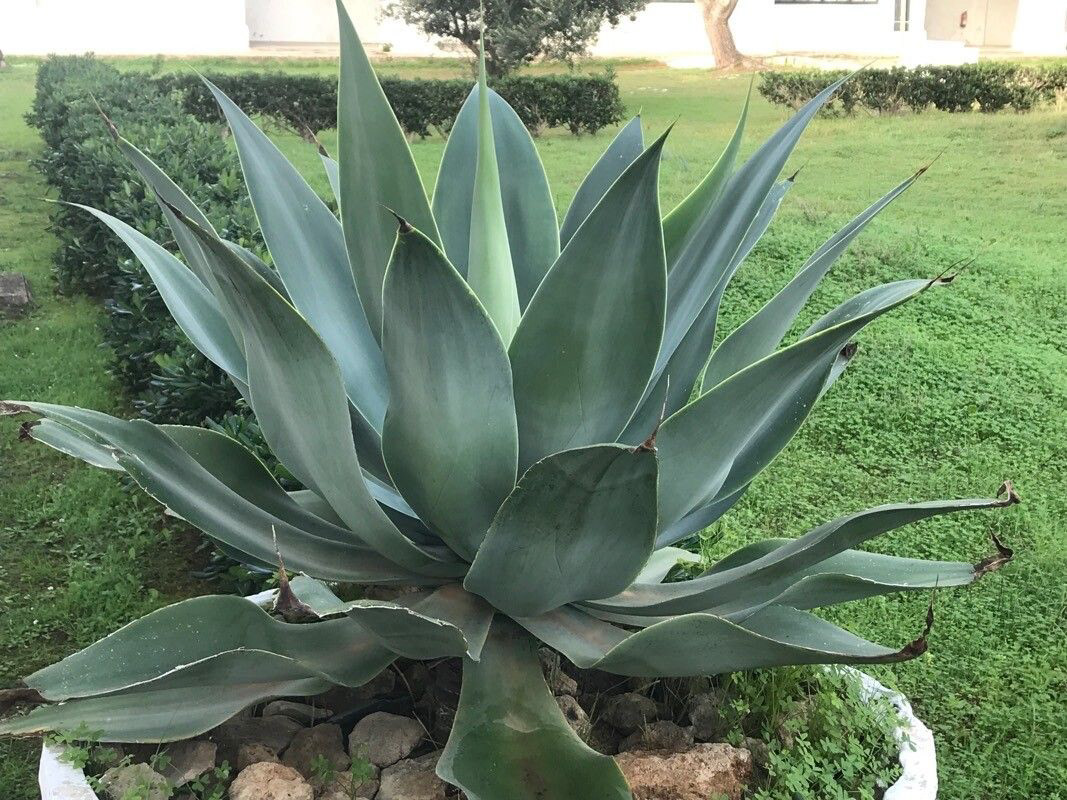
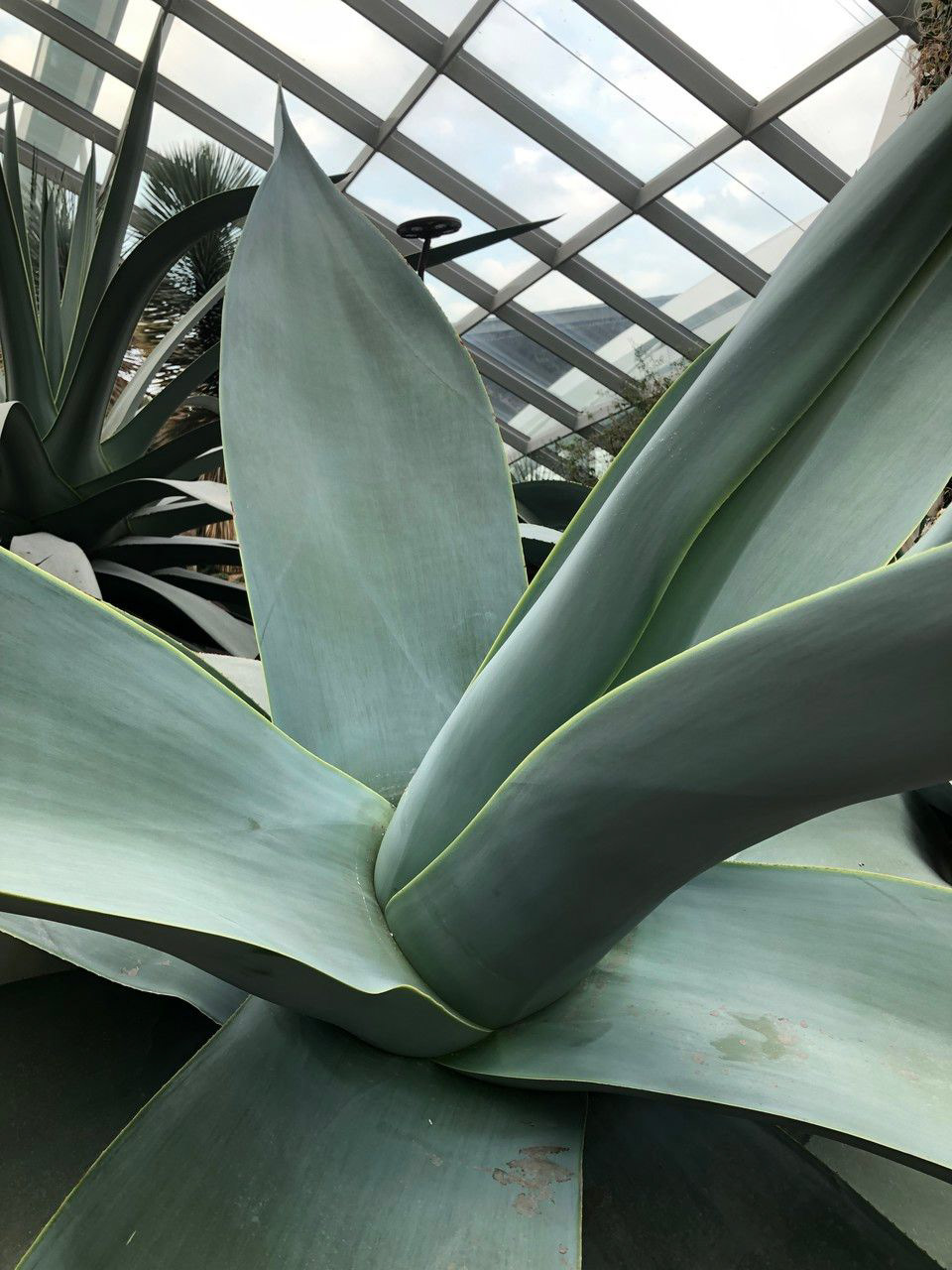
The species in Pl@ntNet’s archive are uploaded each with their respective geolocations. These deterministic geolocated pins assume that such plants are fixed geographically in a universe of chaos. An identified flower at a certain geolocational and temporal point might not be there in the future. This raises a documentation obstacle when working with flora as archival artifacts of nature.
More so, the website provides information on the listing of the species whether its population is endangered, decreasing, or stable. As indicated with the red and yellow pins in the map for the species above. Thus, putting forward the notion of the endangerment of virtual artifacts. In addition, for our potentiality of predicting extinct species and species yet to evolve with the fractals that were not identified as a species such as the following.
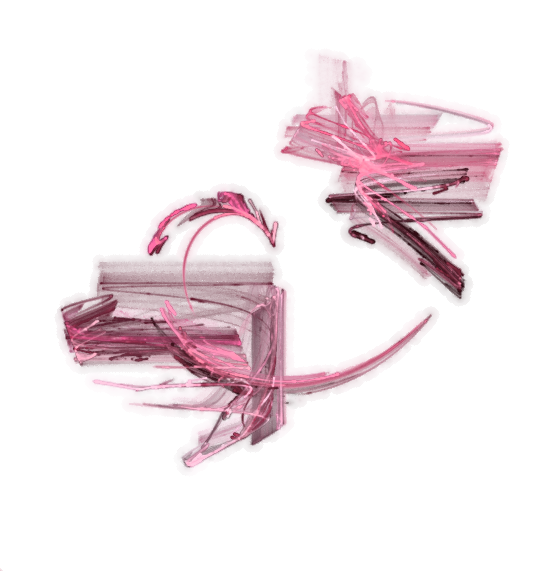
Unidentified_botanic_1

Unidenfied_botanic_2
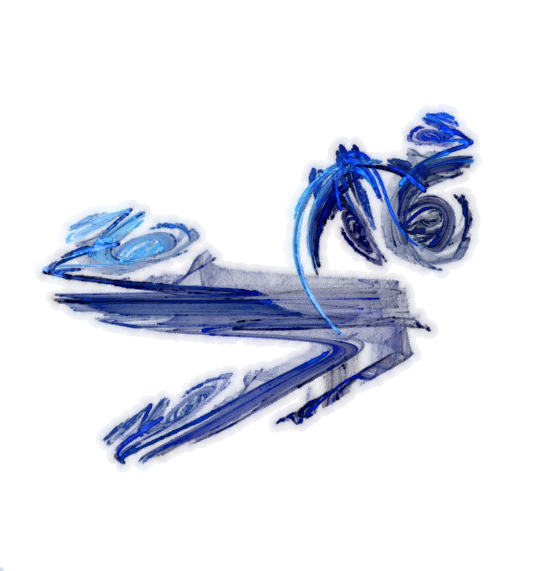
Unidentified_botanic_3
This ongoing digital image making project bases its roots in the Chaos Theory and different virtual excavation methods. Whereby, the principles of chaos that govern the actual apply on the virtual. More so, artifacts and their actual presence shape our histories and are of great essentiality. In parallel, humans have stretched the actual physical world into the virtual realm, making virtual artifacts equally important. The virtual artifact is any immaterial object that exists in the human psyche or digital environment.
Even though virtual objects do not have physical qualities in the usual sense, they have certain attributes that are like real-life artifacts. Virtual objects and environments have a model in the actual world; nevertheless, an abstract virtual artifact is not always bound by physics or causality, depending on the context.
Since certain virtual artifacts are inherently abstract, they are unable to mimic real-world objects or processes. Computer programs or digital user interfaces, for example, can't exist in physical terms while often requiring presentational components of real-life items. These virtual creations do not have to be understood by humans; artificial intelligence can make and understand them entirely.
Depending on the context in which they live, virtual artifacts can have physical attributes (for example, colour and length). These physical features can be shown and seen on a computer screen, for example. Additionally, they have qualities that are invisible. Due to their immaterial character, they may be accessed, duplicated, and preserved in a variety of ways and even by numerous users at the same time. In actual archaeology, found objects are digitalized and, hence, become a valuable virtual artifact as well. Such a premise would hold the notion of exchange and equilibrium between the actual and the virtual.
Lastly, this project is research based and the findings will be presented in the Encyclopaedia of Virtual Botany which is a physical and digital book that categorizes virtually generated fractals as though belonging to different families of plants, geolocated, illustrated and archived.
_______ENCYCLOPAEDIAS_______________
Encyclopaedia of Virtual Botany (vol. 1) - contact artist for access